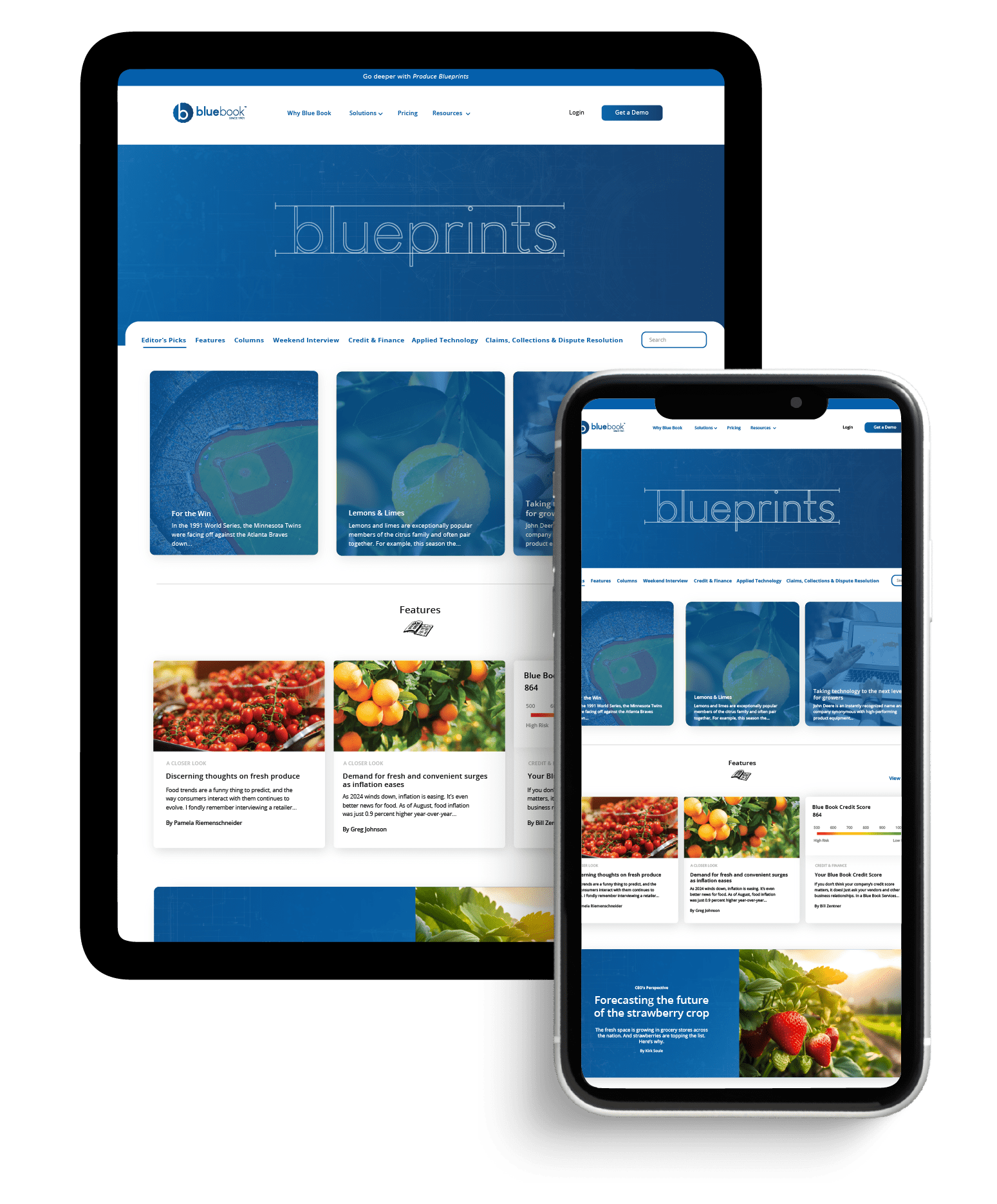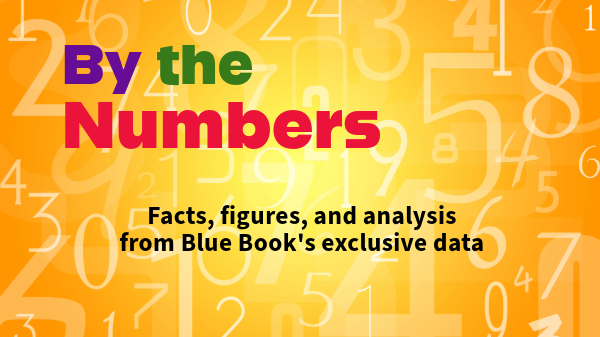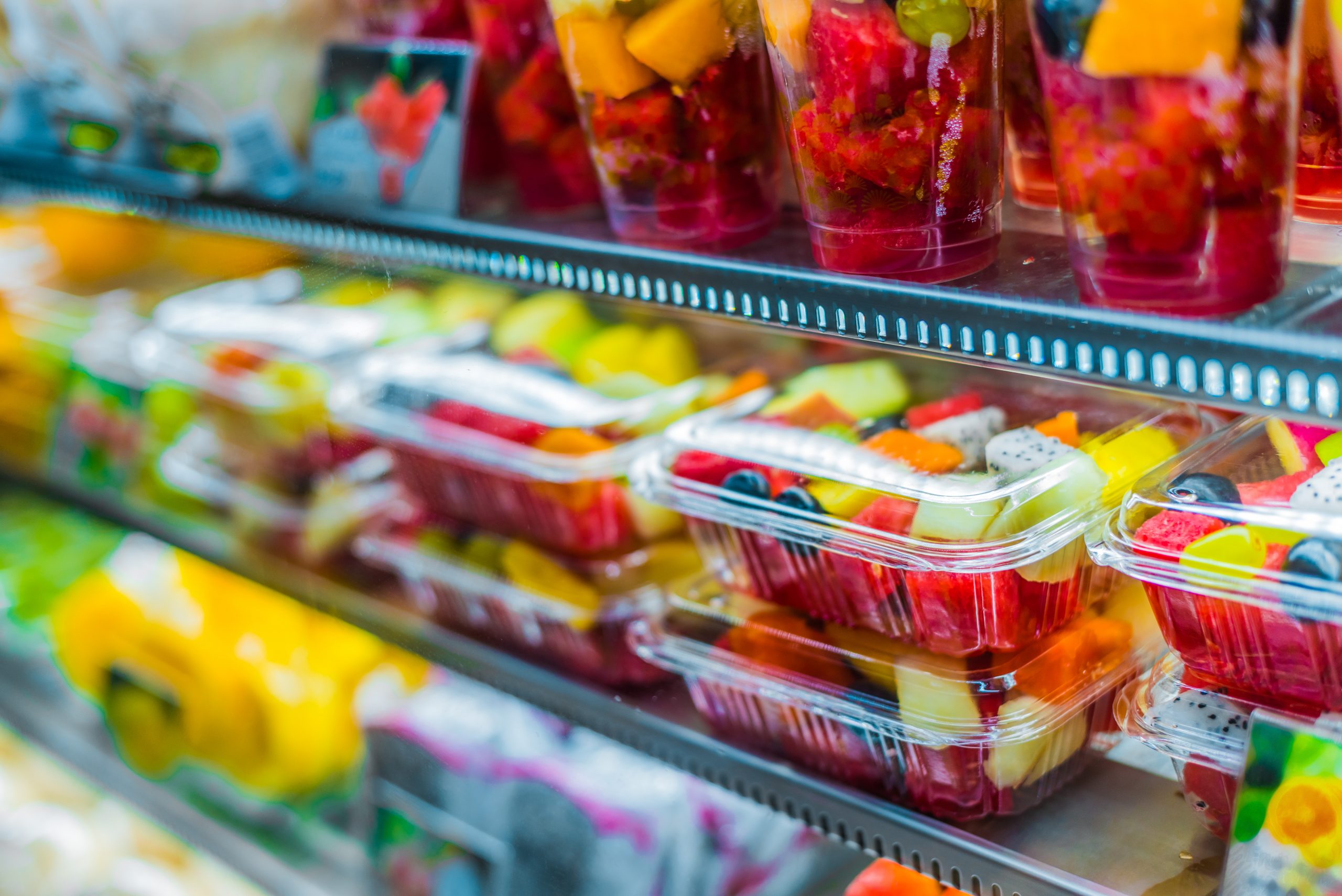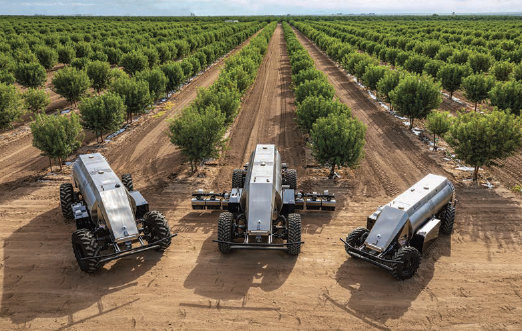Welcome to Blue Book!
Are you ready to join the thousands of companies who rely on Blue Book to drive smarter decisions? View our plans and get started today!
Still have questions? We’d love to show you what Blue Book can do for you. Drop us a line– we’ve been waiting for you.
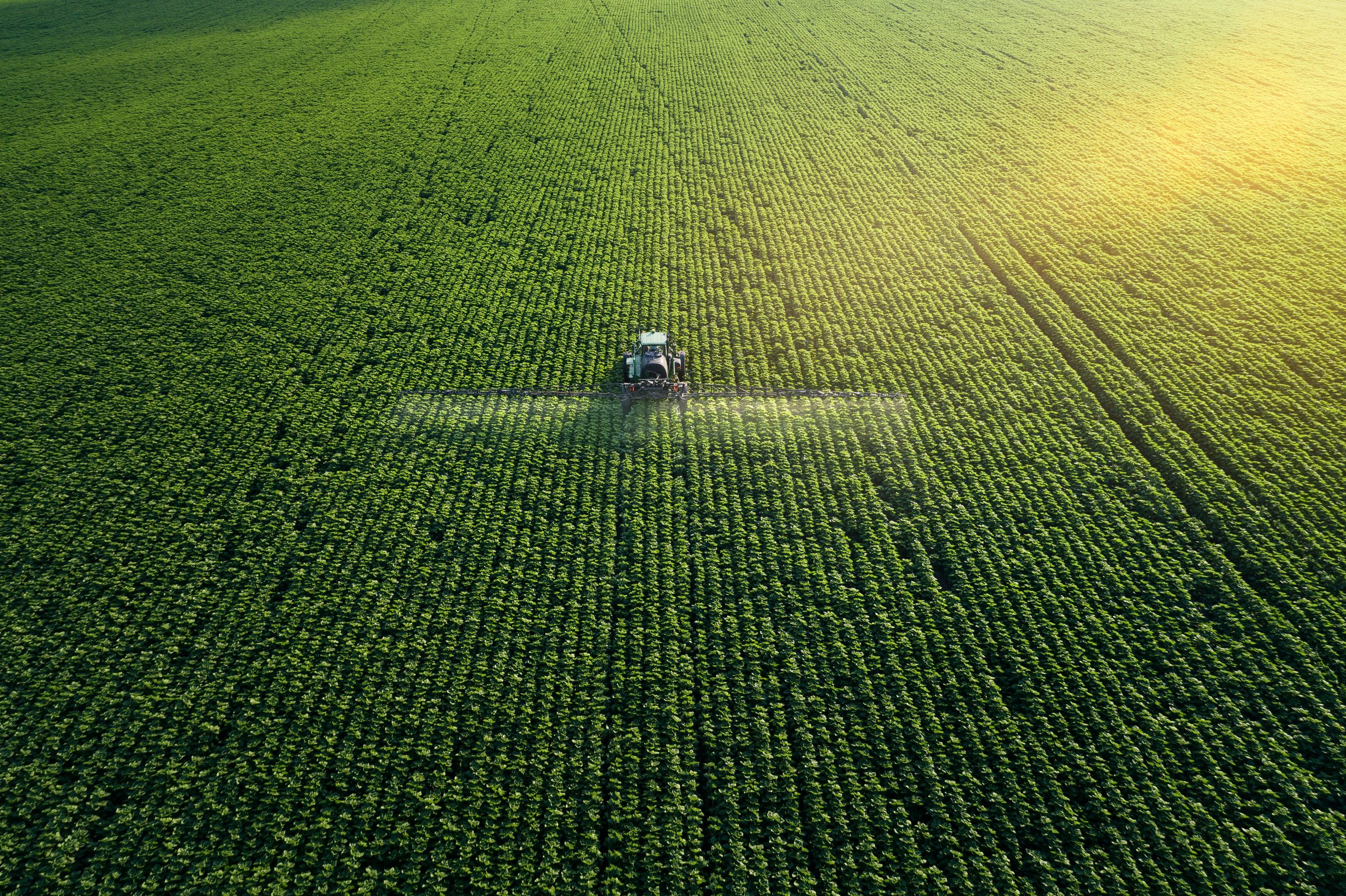
In this article
Drones, cameras, robots, sensors, and assorted gizmos, as well as complex algorithms, are covering the produce supply chain like a comfortable blanket, making it easier for operators to zoom in on profitability and monitor product quality.
It turns out, artificial intelligence (AI) is making the entire industry smarter and more efficient, according to suppliers and marketers. As the first in a series of articles, we’ll delve into AI and its uses, with plenty of industry commentary on the pros and cons.
Where to Start
Although AI tools aren’t omnipresent across the industry yet, they’re popping up in both big and small operations.
“There are several different ways AI is impacting how industry professionals do business, and this will continue to change rapidly over the next few years,” shares Thuan Ngo, vice president of data and technical services with IT consultancy ZAG Technical Services, Inc. BB #:365534 in San Jose, CA.
One such example comes from Paul Pappas, president of wholesaler Pete Pappas & Sons, Inc. BB #:100956 in Jessup, MD. “We’ll be using it as we buy automation equipment for grading,” he says, mentioning AI is good for identifying defects. “I definitely see strong use there.”
Further, he sees growers flocking to AI tools to supercharge their own expertise. “They’ll be using drones to scout fields and AI to report back on issues in the fields with disease, pests, and so forth.”
Across the production system, AI is becoming a means to control essential processes—from planting to crop maintenance to harvesting, packing, storage, and sales.
For Glenville, GA-based G&R Farms BB #:114342, AI is already part of its packing and shipping operations. “We’ve been using AI in the packinghouses for years at a quality and sizing level,” explains Steven Shuman, general manager and vice president of sales. “The more advanced the technology gets, the more advanced the quality and outcomes.
“We added a state-of-the-art packing line this past spring and continue to look at more ways to add automation to our systems,” he adds. “Nothing is off the table if it aids in our efficiency and quality.”
Weighing Pros and Cons
When it comes to other uses, Shuman says, “We haven’t even begun to scratch the surface on all the ways we can use AI in our administration levels, with remote process automation and better business intelligence.”
But there are skeptics. “To begin with, it’s got to be a ‘buyer beware’ thing—to be sure the data is correct before trusting it 100 percent,” warns Pappas. “Validation is important.”
Despite concerns, Pappas says AI is winning more support across the industry and beyond. “In areas that aren’t specific to our industry, I see people using it in their marketing programs and employing it instead of hiring marketing experts,” he says.
Ngo interjects that AI is ideal to simplify processes. He says system integrators or operators who develop scripts for dashboard systems can now rely on AI systems such as ChatGPT or Github CoPilot to quickly develop their scripts.
He also notes that business intelligence and reporting can benefit from existing systems and apps, like spreadsheets with AI functionality, such as Microsoft’s 365 Copilot, to quickly find answers hidden in large data tables with a simple set of questions. Ngo says this alleviates the need to learn complex formulas or write program-specific queries.
“Large language model systems can also be used to quickly find how-to methods,” he adds. “Time savings can shrink effort from what used to be a couple of days down to hours.”
“Supermarket chains are really quite technologically savvy, and they’re pretty much dictating that shippers they do business with stay alongside them.”
Ushering in Change
The way produce is grown, stored, shipped, and sold has already been changed by AI technology, according to Keith Wilson, managing member at King Fresh Produce, LLC BB #:147197, a grower-shipper in Dinuba, CA.
“Supermarket chains are really quite technologically savvy, and they’re pretty much dictating that shippers they do business with stay alongside them,” he says, mentioning computer-generated point-of-sale materials in stores and upgraded accounting systems.
Inventory is another task easily handled by AI. “It definitely helps with inventory by knowing where each pallet is in our cold storage.”
Marketing applications
Mackenzie McLeod, executive director of brand management with Dallas, TX-based marketing consultant DMA Solutions, Inc. BB #:188910, says AI makes produce marketing a “smarter” process.
“For example, AI technology has contributed to the predictive analytics functions utilized by social media platforms in their advertising algorithms,” McLeod observes. “Marketers can get precise and targeted with their ad dollars to reach people who have certain key behaviors or shopping habits that align with the product being promoted.
“On one hand, the automated nature of this tech saves us time, and marketers can use predictive analytics to spend money more effectively. But on the other hand, the tools themselves come at a price and require a certain level of expertise to use.”
Brianna Shales, marketing director at Wenatchee, WA-based grower-shipper Stemilt Growers, LLC BB #:113654, agrees AI has streamlined processes.
“At Stemilt, we’re finding that AI is helping us gain efficiencies with basic tasks in many job areas. Some examples would be streamlining document and report creation based on asking questions in ChatGPT.”
ChatGPT also helps in composing emails, letters, and other documents. “It doesn’t replace the need for humans to edit and review the work, but it does help with a good starting point to save time and energy,” she explains.
Shales says AI also plays a role in Stemilt’s packaging and graphic design process, adding the company’s website has a chatbot “that learns and improves its communication to common questions over time.”
Precision in the fields
Stemilt’s data and analytics team is utilizing AI as part of its data-mining process “to help us make business decisions based on facts. We predict that AI will be used in the future to estimate crops, once the technology can get to a point where it does this more efficiently and as effectively as humans,” notes Shales.
“We also expect AI to continue coming into packing technology to help size and sort fruit in a more enhanced way than it’s done today. There are many upsides to the efficiencies gained through AI,” she adds, “especially in agriculture, where there’s so much that goes into producing goods.”
Vancouver, BC-based grower-shipper Oppenheimer Group (Oppy) BB #:116424 delved into an AI technology venture in 2021 by investing in Bloomfield Robotics. Trials of automated yield forecasting in California grape vineyards had “promising results,” according to Garland Perkins, Oppy’s senior manager of innovation and sustainability.
Bloomfield Robotics developed a vehicle-attached camera that captures detailed data processed through “deep learning” AI to forecast and manage yields at the cluster level, Perkins notes, which can enhance plant performance and health.
“Despite the challenges, the potential to revolutionize the agriculture sector and address labor shortages through AI and robotics is exciting.”
“Oppy plans to extend this technology to other crop categories in the future, showcasing dedication to digitalizing crops and supporting Bloomfield Robotics’ innovative efforts.”
Of course, AI advances of all types must go through proving-ground paces. “Our industry is gradually embracing AI for yield prediction and ag-tech-related tasks in the supply chain,” agrees Perkins.
“While there are potential benefits, we’re still in the R&D phase, and the road to commercialization can be complex. Although AI shows promise, we need to be very specific in problem-solving and measurement to ensure practical implementation.”
All in all, however, the potential gains are too compelling not to try, Perkins adds. “Despite the challenges, the potential to revolutionize the agriculture sector and address labor shortages through AI and robotics is exciting.”
Defining the Risks
Despite the benefits, there are downsides to all of this head-spinning technological progress, points out Warren Bailey, chief information officer at Oppy.
“It can seem promising in theory, but AI can encounter challenges in real-world applications, especially when dealing with complex problems like financial data or software development. Additionally, ensuring AI’s accuracy and safety remains a challenge.
“Nonetheless, there have been benefits in terms of enhanced security measures and streamlining simple tasks,” continues Bailey. “We’ve also explored AI for technical questions and creative input through its language models, which has been helpful.”
Ngo reminds us to view the positives and negatives. “As with any new technology, there’s potential for abuse,” he warns. “There’s also the potential for people to rely too heavily on AI answers without verifying the information, until they have a good feel for what can be relied upon.”
McLeod of DMA Solutions agrees. “Language-based ChatGPT is generating a lot of buzz in marketing circles right now, but marketers must keep in mind that AI—however impressive—simply can’t replace human creativity.”
Ngo reiterates the importance of the underlying data, as AI results can be skewed by old data or gaps.
“This is changing rapidly as newer versions are now trained on more recent data and can search the web in real time. It will take time for users to learn what they can trust and what should be verified, and for staff to know they’re using the technology properly.”
Automation and Labor
Produce suppliers are looking to AI to solve longstanding—and deteriorating—labor challenges, for multiple reasons, Ngo observes.
“Workers performing job duties that are repetitive and/or pose a safety risk can and most likely will be automated,” he predicts. “Even in areas where labor is less expensive, downtime due to injuries and replacing injured staff offsets the benefits of cheap labor.”
And AI can reduce angst over unreliable labor pools, Ngo adds. “Robotic automation is going a long way toward addressing this problem through automated planters, cultivators, and harvesters.”
Shuman sees AI as a workforce solution as well. “It’s going to be a tool to help us all move faster and meet the changing needs of labor.”
It’s happening at an accelerated pace, says Wilson of King Fresh, noting that self-driving tractors, trucks, and sprayers are becoming more prevalent. “Those types of things are where we see some big strides in ag.”
However, technological advances seem speedier in some produce sectors than others, he adds. “Really, there aren’t too many fresh fruit items that can be mechanically harvested—but I know they’re working on it.”
Labor costs likely will force accelerated research, forecasts Wilson. “As you see labor rates going up, it’s more economically feasible to develop this type of technology.”
Costs of Implementation
Factoring in the costs of AI is more than figuring upfront expenditures, cautions Ngo. “Bean counters tend to focus on simple ROI, but is that really the best evaluation of a new technology’s benefits?”
He cites smartphones as an example. “Would we be able to function today without a smartphone? Can we measure an accurate ROI on the cost of that phone? The answer is: it depends.”
Shuman puts it this way: “We aren’t a company eager to be early adopters. Cost is important for us and our customers to make sure we can deliver ROI to everyone. New technology, as exciting as it is, does come with new costs, not just for the equipment and installation, but for training, management, and maintenance, and we need to make sure every step and continued operation provides value.”
If a company is looking to use AI with minimal fuss, Ngo says there are cost-effective options for implementing specific features and capabilities. However, more complex business problems will “require more investment in time and effort to train the AI model to produce the desired results consistently and reliably.”
Since AI is not a one-size-fits-all proposition, each company must study the ROI balance, assess needs, and lay out a realistic timeframe for implementation.
Since AI is not a one-size-fits-all proposition, each company must study the ROI balance, assess needs, and lay out a realistic timeframe for implementation, Ngo advises. A move into the AI realm is always a “journey” and not a “quick fix,” he adds.
“You need to have a good digital strategy and know what your technical requirements are, so you get compatible equipment and software.”
As AI is used to gain more insight into the massive amount of data locked up across the supply chain, Ngo says priorities and goals will evolve with changing demand. He recommends “proof-of-value projects” of six to twelve weeks.
“If a company adopts the right strategy with agile delivery, it frequently sees enough return in expended resources (labor, money, etc.) to justify and fund the next round of projects,” he explains. “This is a catalyst for how a company can start to adopt a modernization culture where it advances technology as a competitive advantage.”
Robots as Allies
Automation can be pricey, particularly for smaller operations, Ngo admits, which is why it’s important to look at such changes with an eye on long-term benefits.
“The biggest challenge is for small manufacturing concerns—this applies to agriculture as well as other sectors,” he says. “Small businesses struggle to make the capital investments needed to adopt automation and machine learning—convincing them they need to transform the way they look at the business is a challenge.”
Factory automation, Ngo points out, is an easy first step. “The ROI can easily be determined; however, without the right strategy and partners, and without developing technical requirements, companies can end up making large investments in what end up being short-term solutions.”
In terms of cutting labor costs, AI can be a friend to operators who see it as “a partner and collaborator, rather than as a shortcut,” Ngo says. “Only then will individuals become reliably more productive. People who know how to manage AI systems can be as much as 10 times more productive than those who don’t.”
Ngo lists several areas where robotics are making a difference, including crop and warehouse management. “As with Amazon, robots can store raw products and track temperatures and other environmental factors until ready for processing.”
Robots also can retrieve goods and feed them into the processing line. “Robots have been in use for many years in forming packing cases, label application and verification, packing, and palletizing,” he says.
“We see robotics taking a more prominent role in harvesting,” he continues, “but one of the knocks on the technology, from some growers I’ve talked to, is it can be difficult to use with crops more sensitive to damage.”
Solutions, however, are on the way. “Field robots are being trained with better vision systems,” Ngo explains, which can be trained “to address pest issues without pesticides, as well as to plant and weed. Some weeding systems are mechanical, others use lasers to attack weeds, while still others pinpoint the application of herbicides for reduced waste and better environmental impacts.”
Wilson says AI can be a cost-saving proposition on numerous levels, providing more information from the field and packinghouse to maintain quality levels.
King Fresh’s photo-optic system with infrared light can detect a minor bruise on a cherry and kick the fruit into the cull bin. “The machines aren’t perfect,” he admits, but they are doing their job.
What Lies Ahead
Stemilt’s Shales says AI is advancing across the produce industry at breakneck speed, and the industry is working to keep up with advancements. “There are likely many other ways it will benefit us we don’t even realize today.”
Pappas says AI will minimize human error, especially for what he calls the subjective part of grading. “One person sees product one way, and another sees it another way,” he notes.
And although AI likely won’t replace U.S. Department of Agriculture inspectors, perhaps it will bring some improvements, speculates Pappas. “Maybe it will enhance the system, but things like soft bruising have some development to go. Potentially it can be done, even with using AI or different equipment.”
To all, the potential of AI is vast and varied, but Oppy’s Perkins says the pace of change and complexity of the problems might not be linear.
“Although AI may not solve all issues immediately, we can expect significant advancements over time,” she observes. “The unique and ever-changing challenges in agriculture pose some uncertainty in predicting the exact path of transformation.
“As we overcome these challenges and develop more sophisticated AI applications, we can anticipate increased efficiency, sustainability, and profitability in the agriculture sector,” she concludes.
This article was originally published in the November/December 2023 edition.


